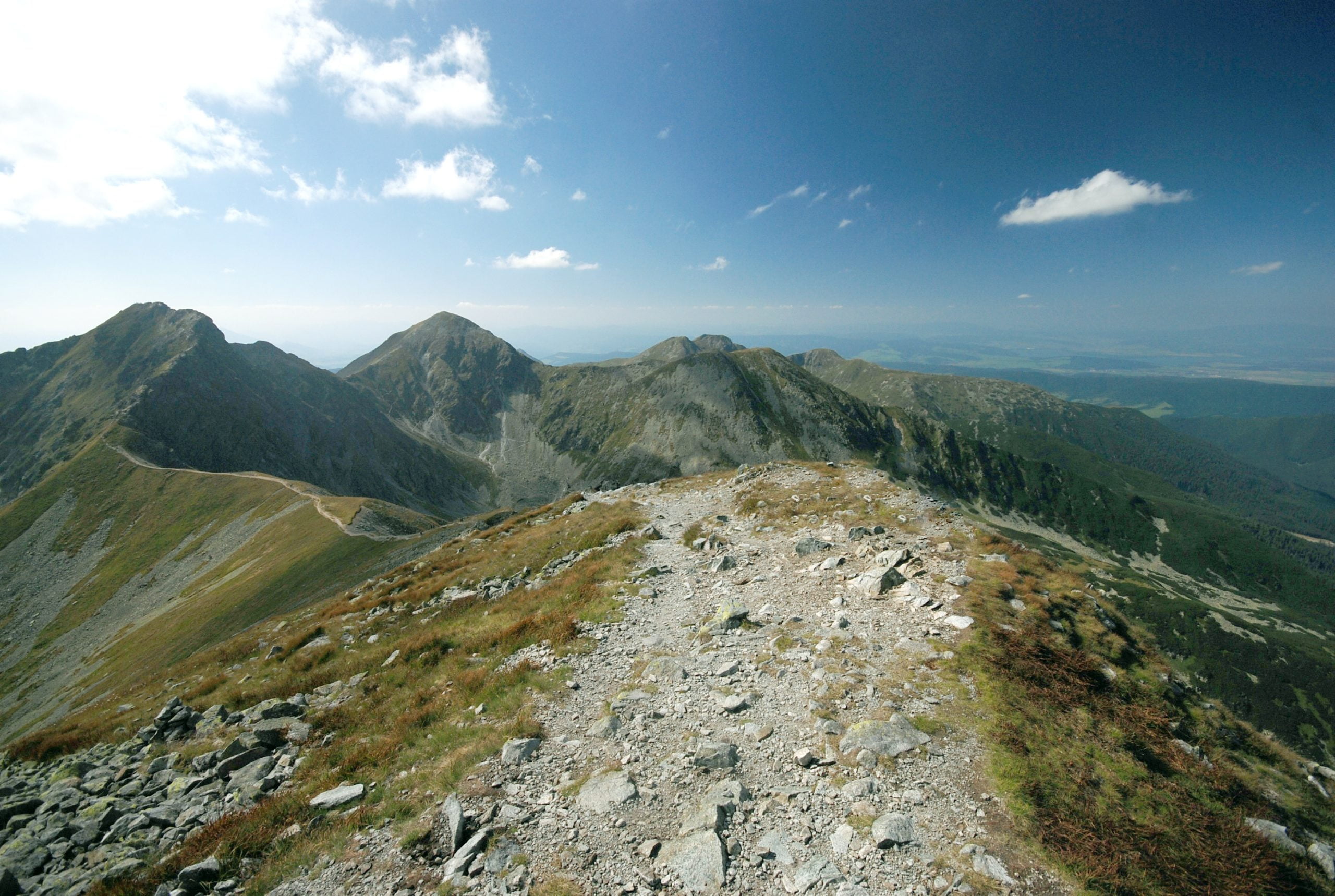Wilderness survival is a critical skill that can save your life in any situation where you find yourself lost or stranded in the wild. Whether it’s a forest, jungle, desert, or mountain terrain, having essential skills and knowledge will help you stay alive until rescue arrives. In this blog post, we will cover some of the most important wilderness survival tips and tricks for different environments.

Introduction to Wilderness Survival
The first step towards wilderness survival is preparation. Before embarking on any outdoor adventure, make sure you have all the necessary gear and supplies. This includes food, water, shelter, fire-starting tools, navigation equipment, and communication devices. It’s also crucial to let someone know about your plans, including your route and expected return time.
Essential Skills for Forest and Jungle Survival
Forest and jungle survival requires specific skills and techniques. Here are some essential ones:
1. Shelter building – You need to build a sturdy and comfortable shelter to protect yourself from harsh weather conditions and potential dangers. Use natural materials like branches, leaves, and vines to create a tent-like structure.
2. Water collection – Finding clean drinkable water is vital for survival. Look for nearby streams, rivers, or other sources of water and use filters or purification tablets to remove impurities.
3. Fire starting – Building a fire is essential for warmth, cooking, and signaling for help. Collect dry tinder, kindling, and fuel wood, and practice various fire-starting methods such as rubbing sticks or using flint and steel.
4. Navigation – Getting lost in the woods can be dangerous. Learn how to read maps and compasses, identify landmarks, and follow trails to avoid getting lost.
Desert Survival: Tips and Tricks
Surviving in the desert presents unique challenges due to extreme temperatures and limited resources. Here are some essential tips:
1. Stay hydrated – Drink plenty of water before venturing into the desert, and ration your supply carefully. Avoid alcoholic beverages and caffeinated drinks which dehydrate the body further.
2. Protect yourself from heat – Wear lightweight clothing made of breathable fabrics, and use sunscreen, hats, and umbrellas to shield yourself from direct sunlight.
3. Find shade – Seek refuge under trees, rocks, or other shaded areas during peak heat hours.
4. Conserve energy – Avoid physical activity during the hottest parts of the day, and rest frequently to conserve energy.
Mountain Survival: The Challenges Ahead
Mountains present their own set of obstacles for wilderness survival. Here are some key considerations:
1. Altitude sickness – Ascending to high altitudes quickly can cause altitude sickness, which leads to nausea, headaches, and fatigue. Take it slow and give your body time to adjust.
2. Weather changes – Mountains are prone to sudden weather changes, so prepare for cold temperatures, wind, rain, or snow. Carry appropriate clothing and gear to keep warm and dry.

3. Limited resources – Food and water may not be readily available in the mountains, so pack enough supplies to last several days.
Conclusion: Putting it All Together
Wilderness survival requires mental fortitude, physical endurance, and practical skills. By mastering these essentials skills for forest, jungle, desert, and mountain terrains, you increase your chances of survival in any wilderness scenario. Remember to always plan ahead, stay calm, and never lose hope. With the right mindset and preparation, you can overcome any challenge and come out stronger on the other side.